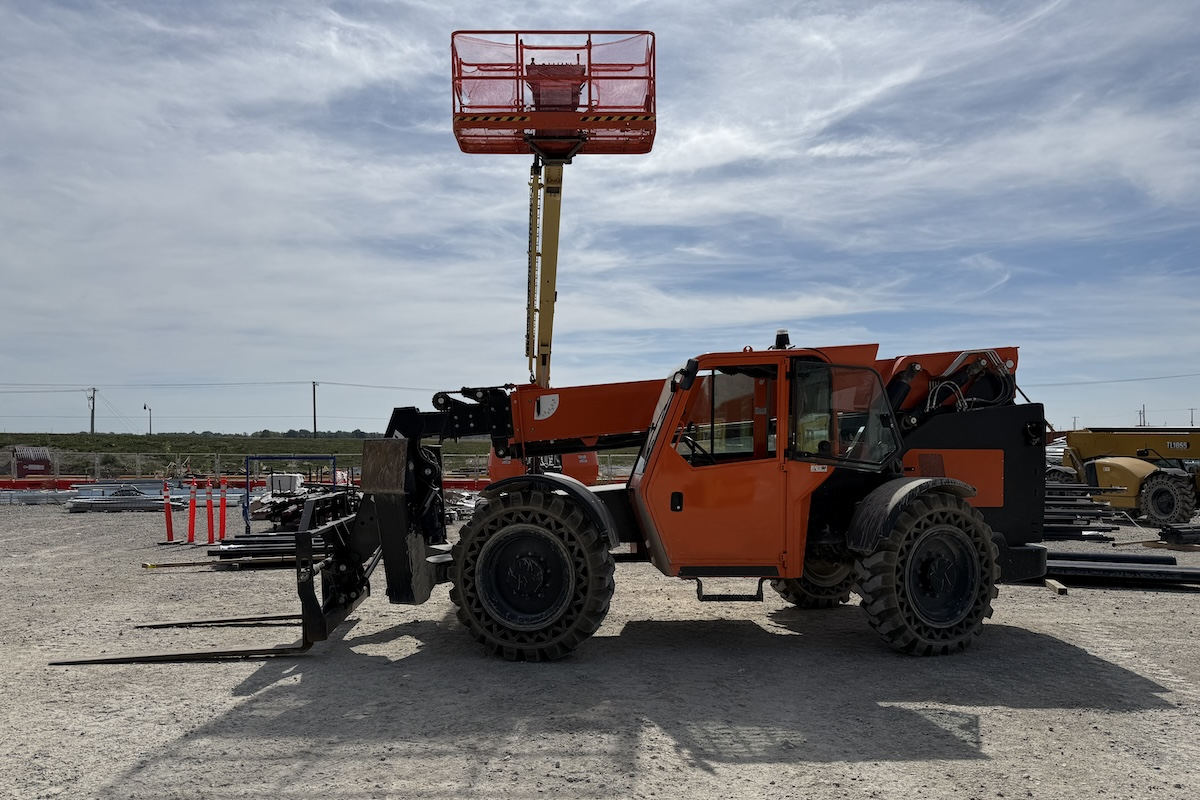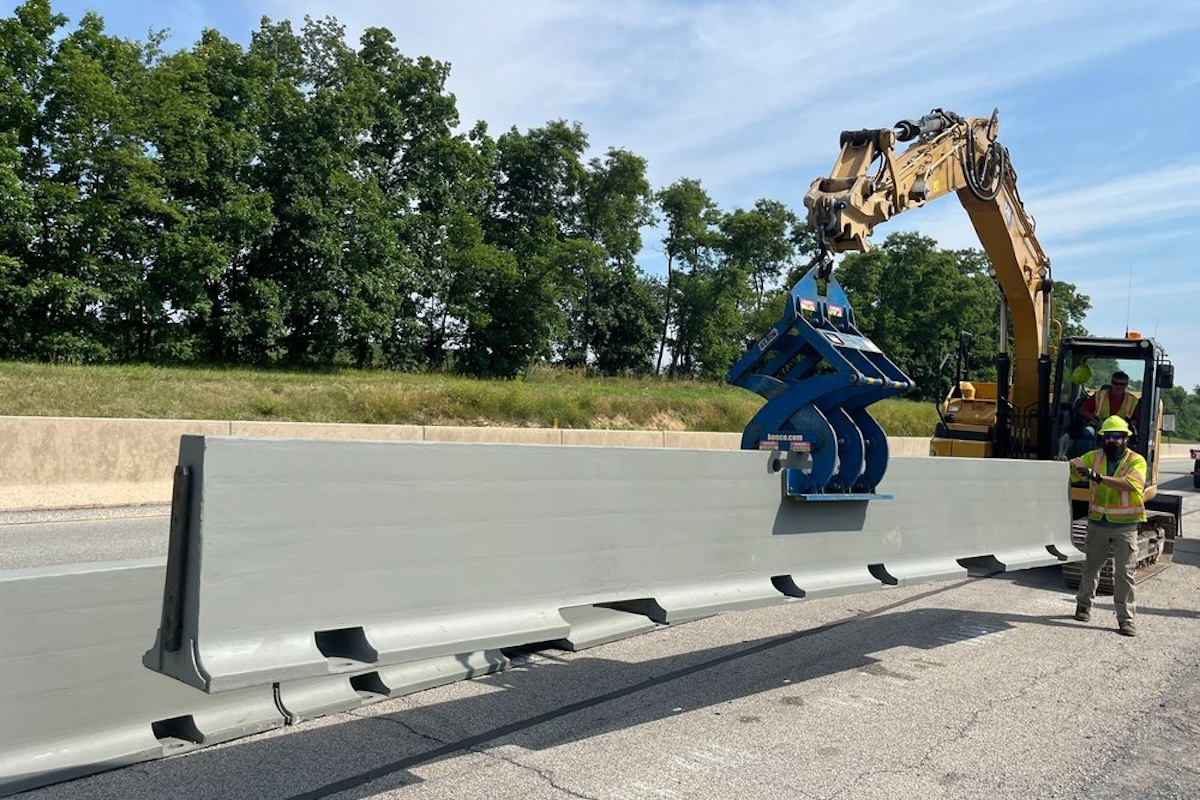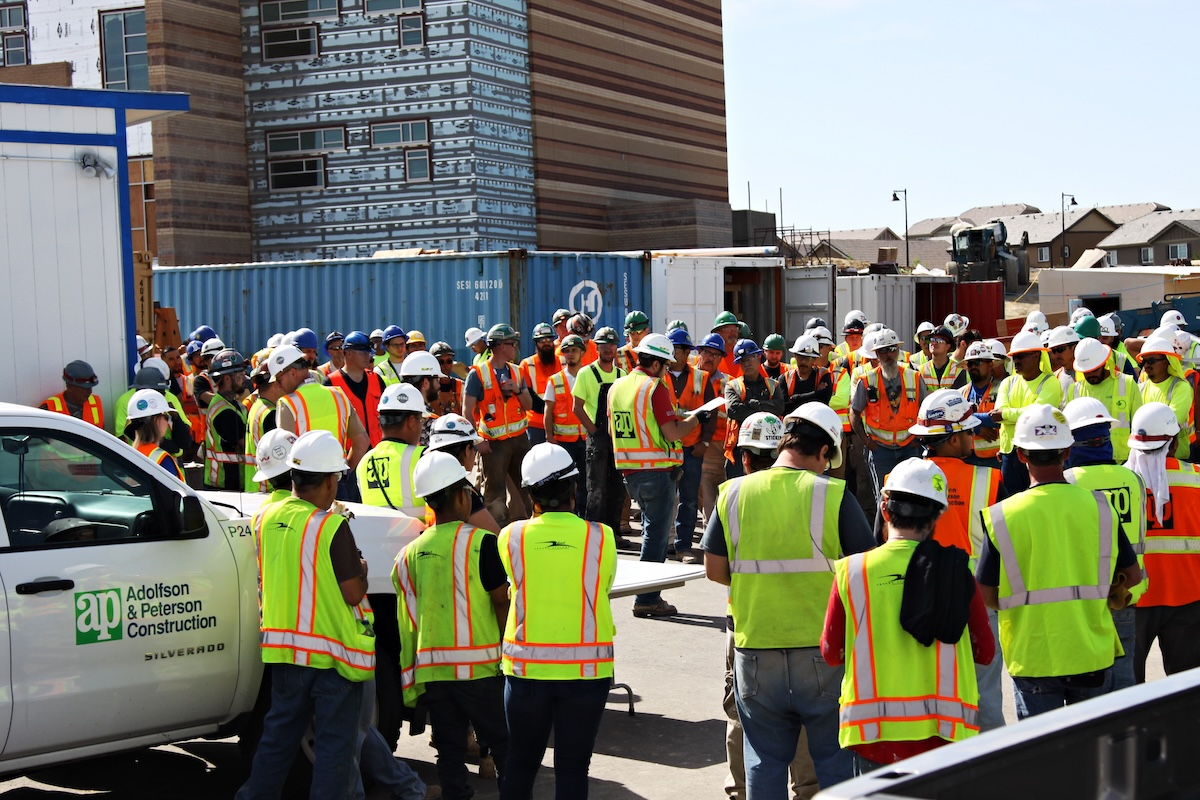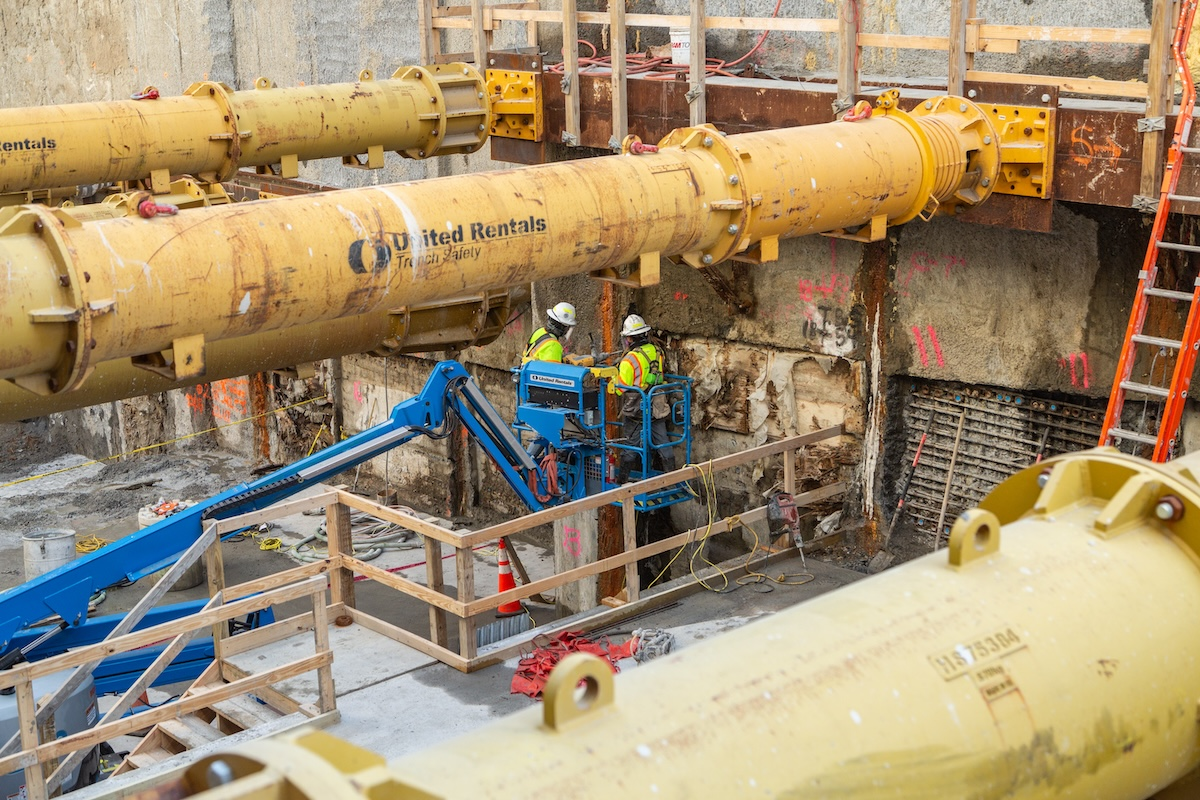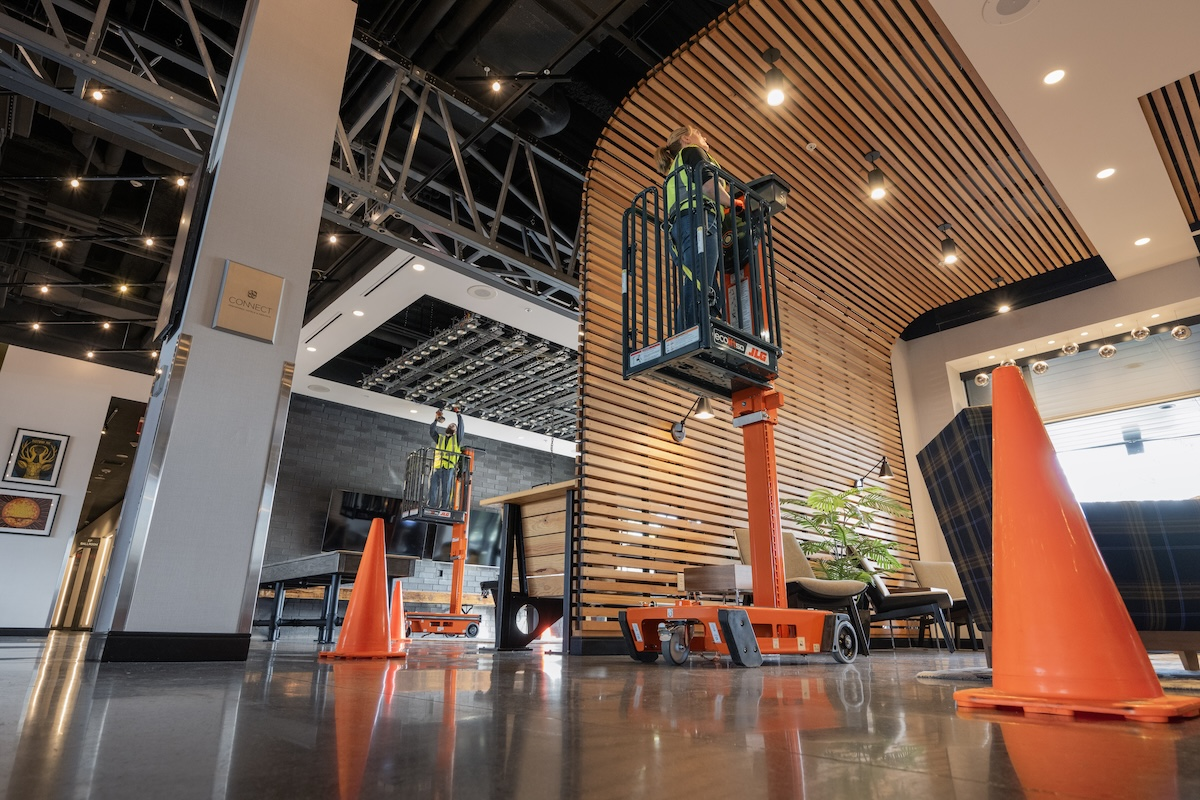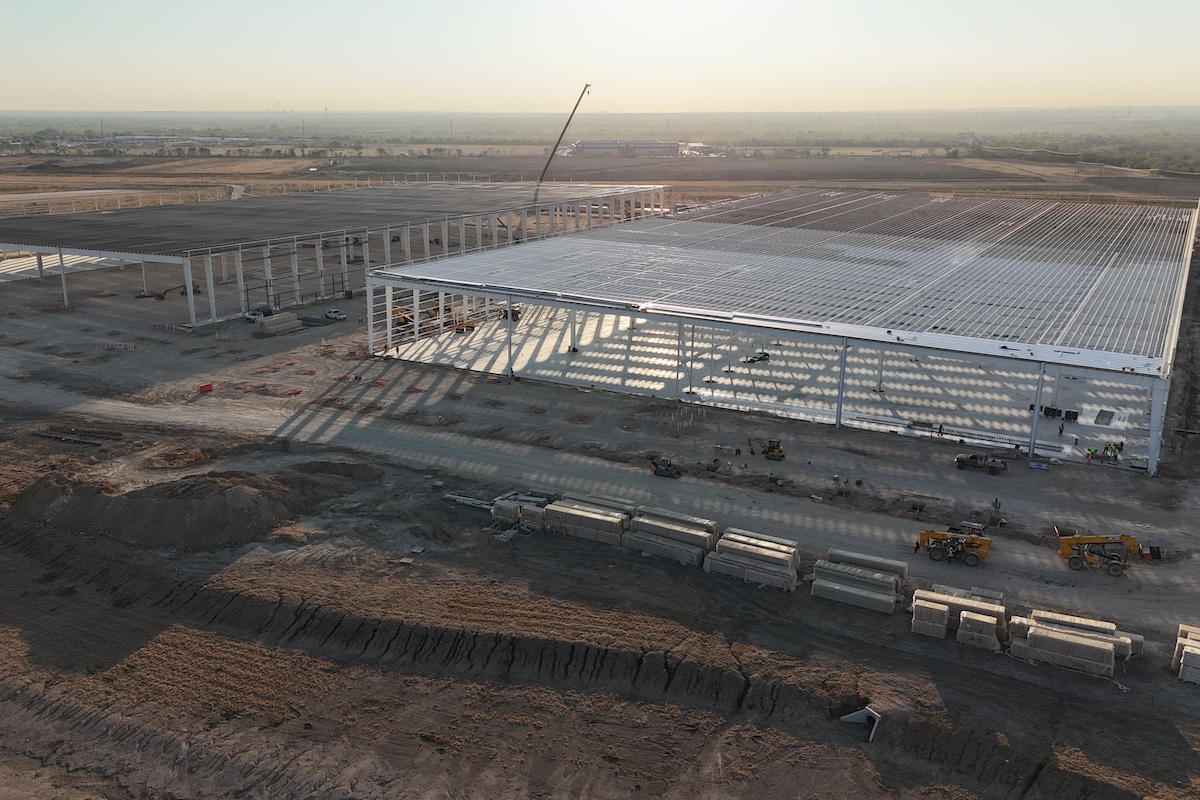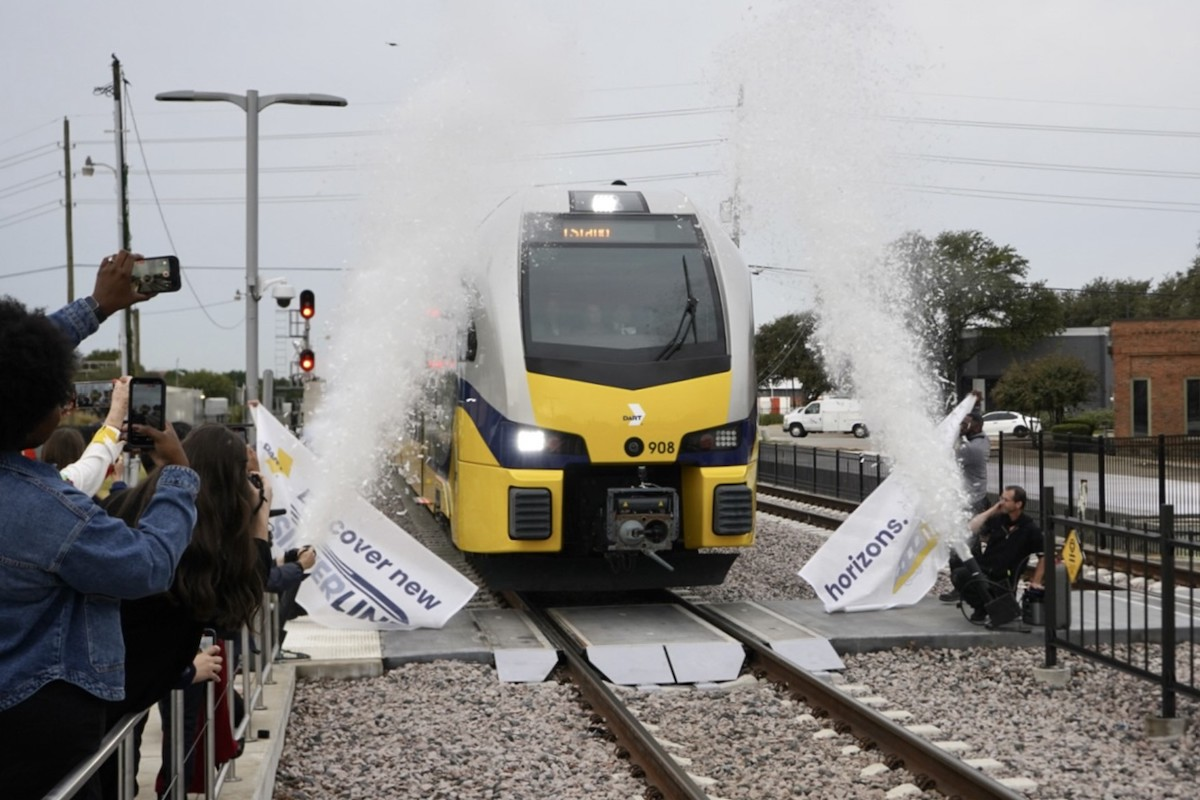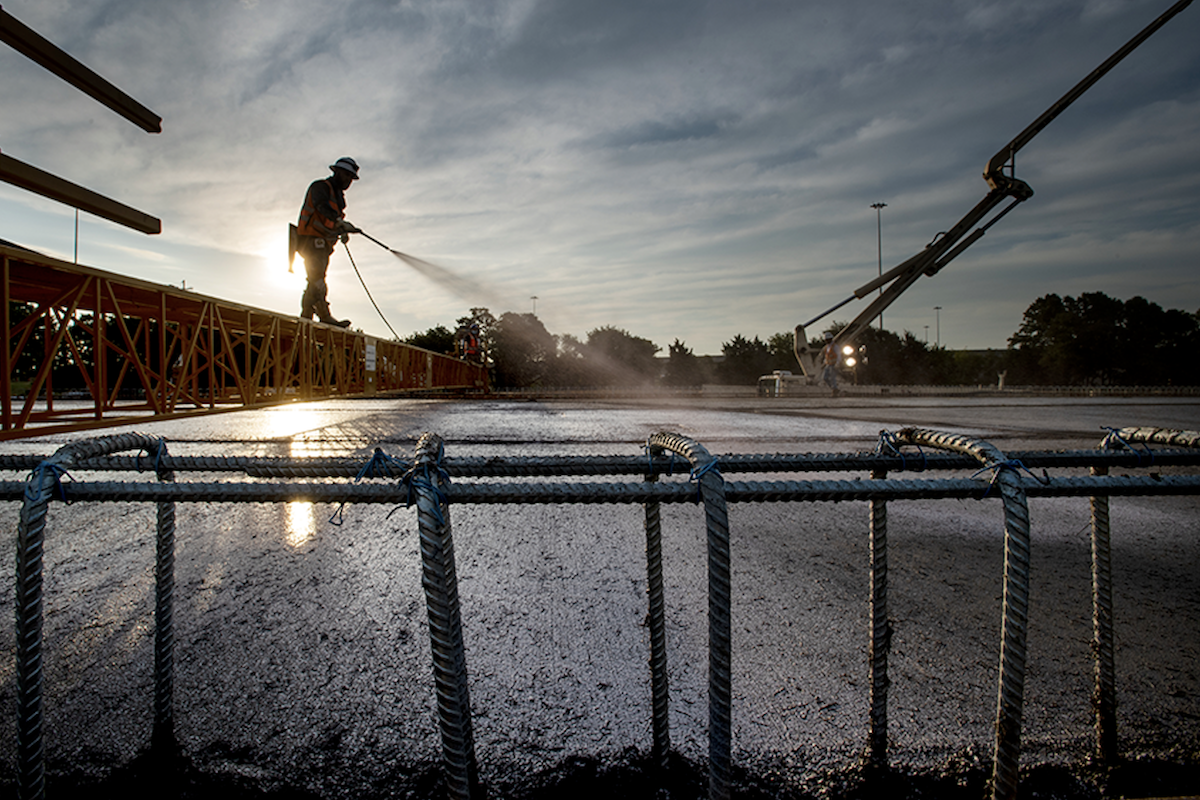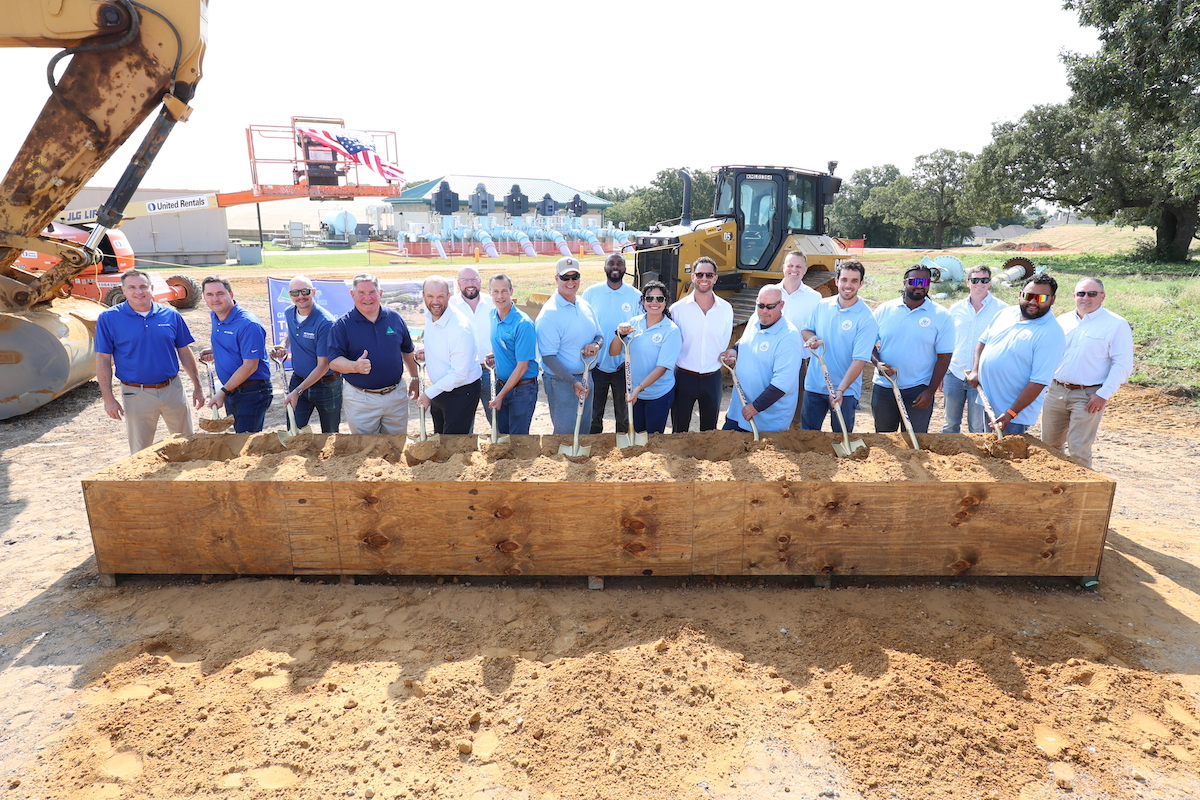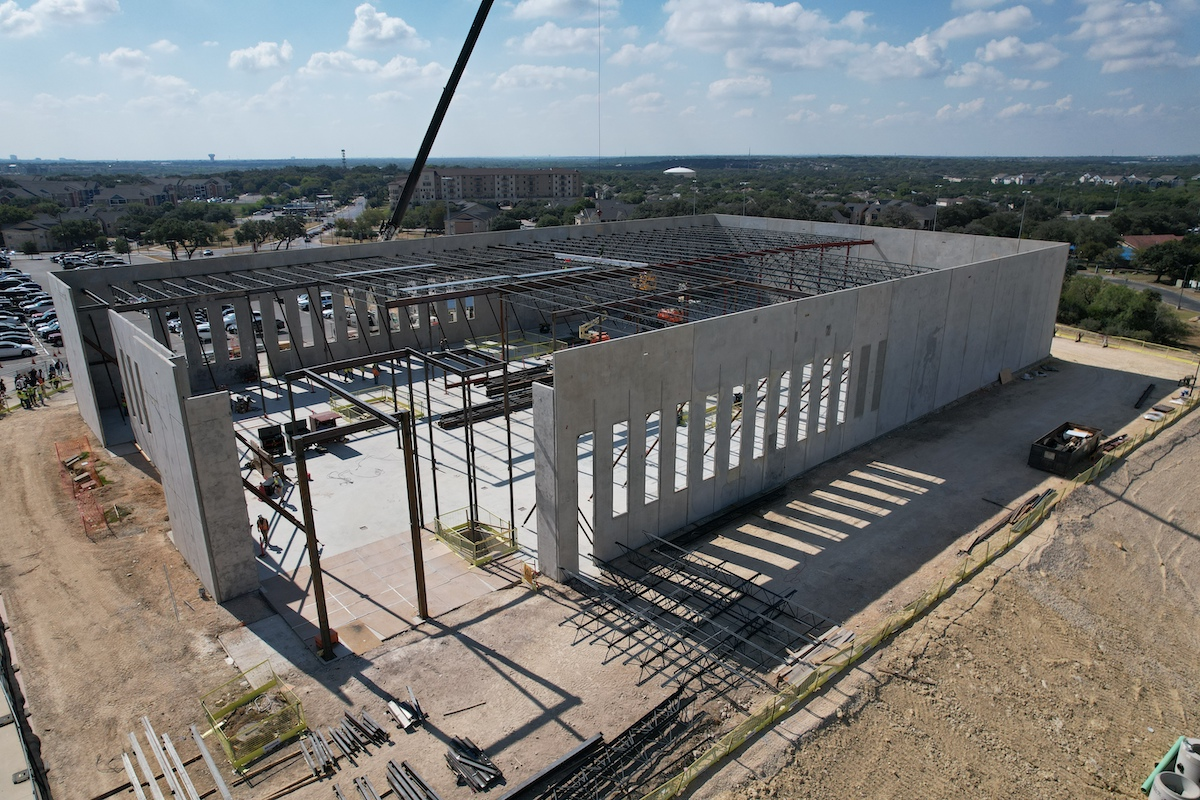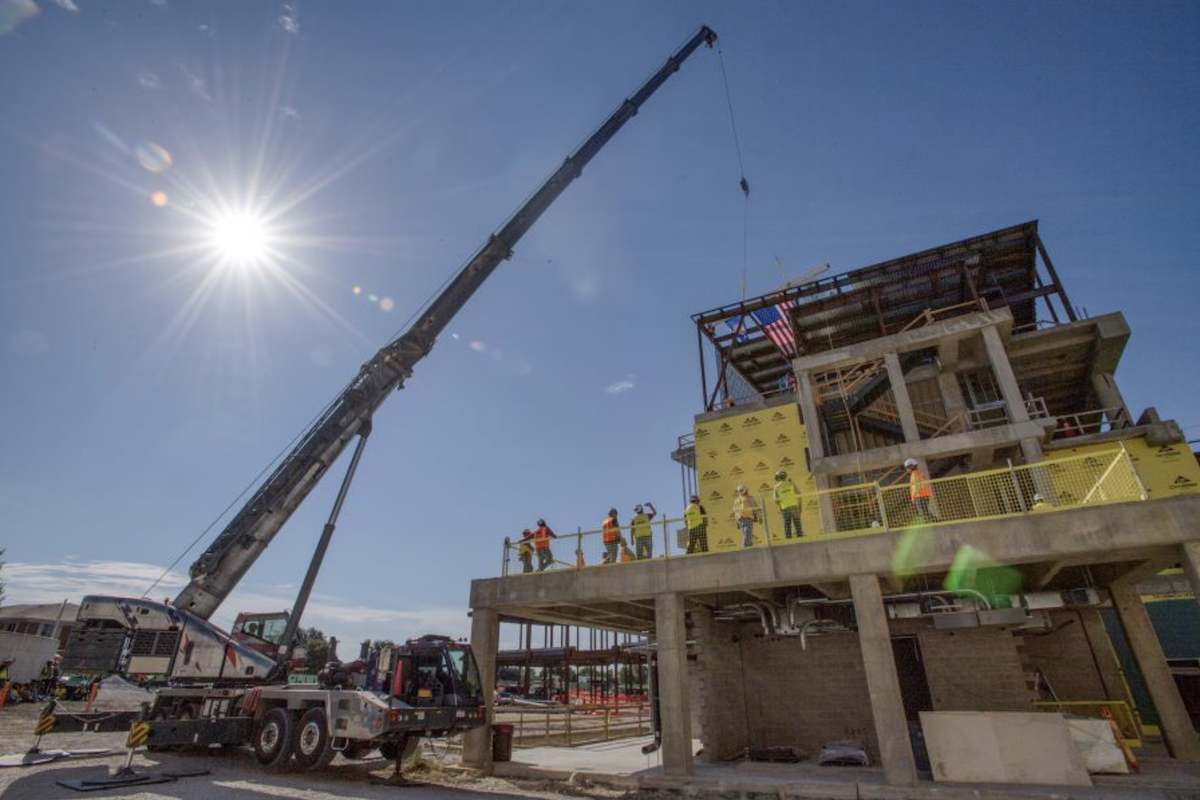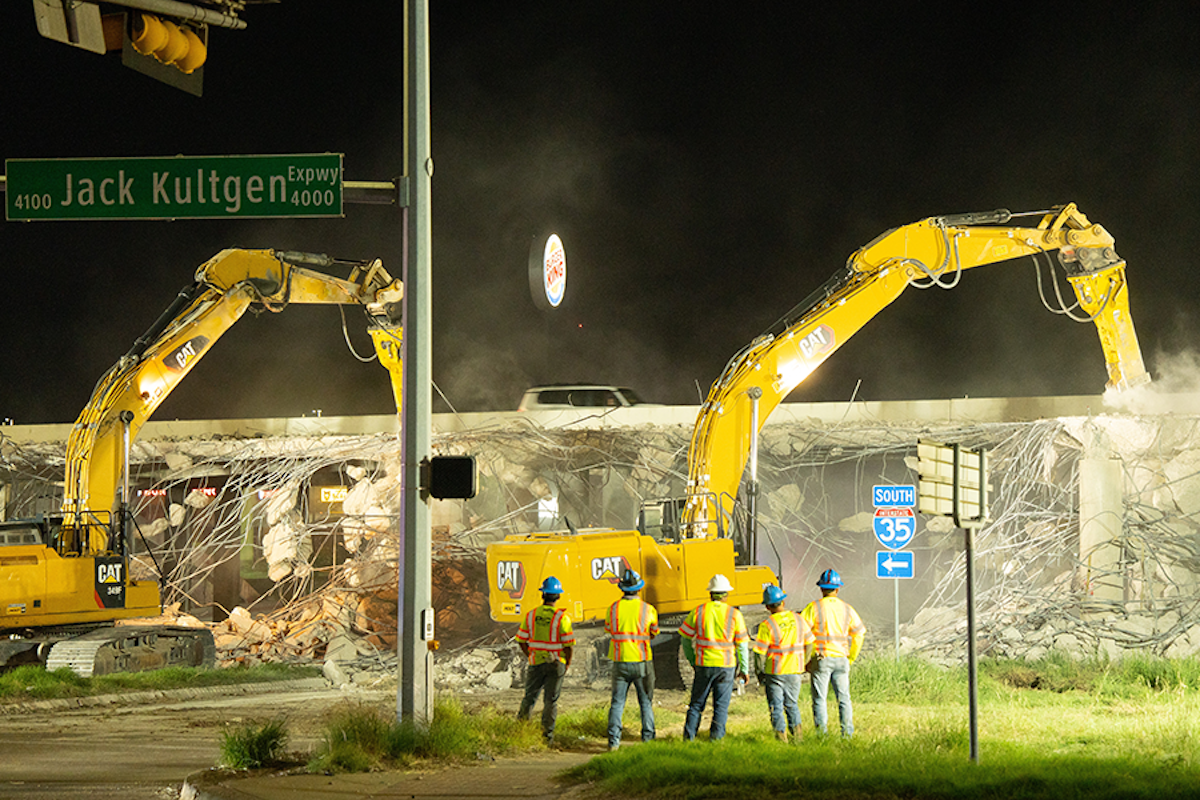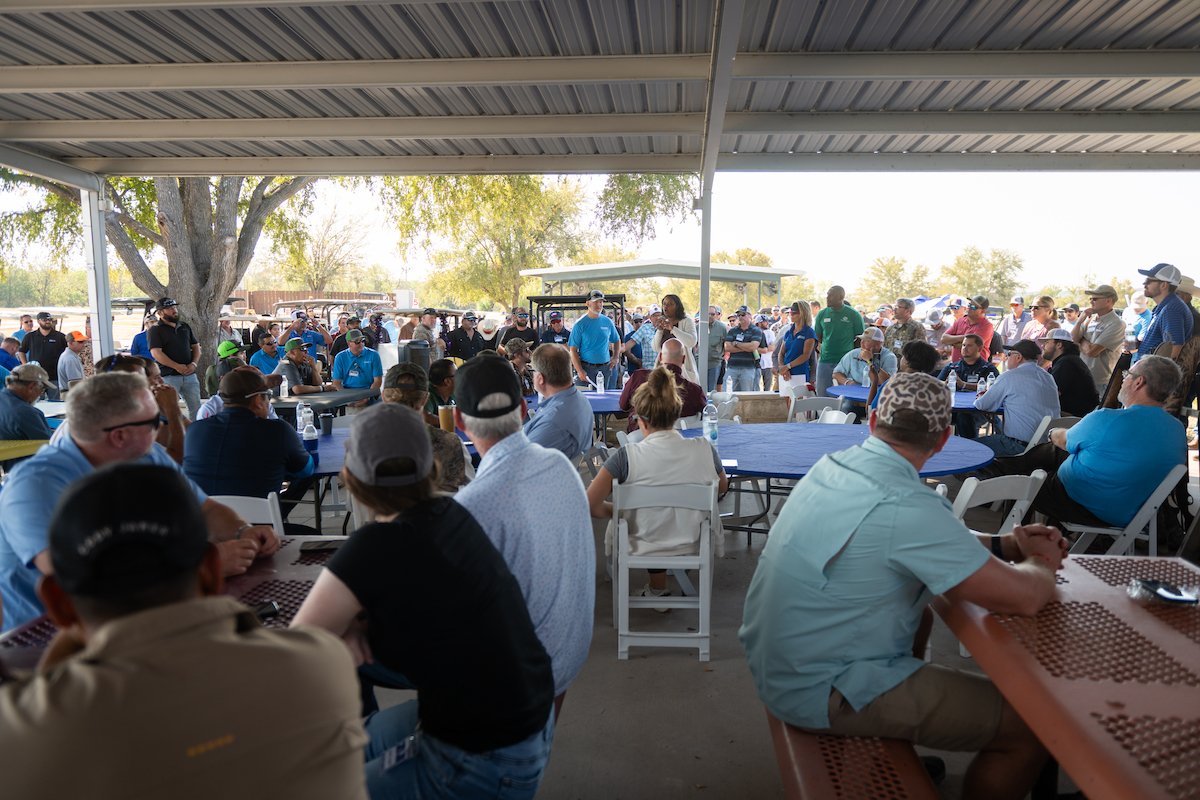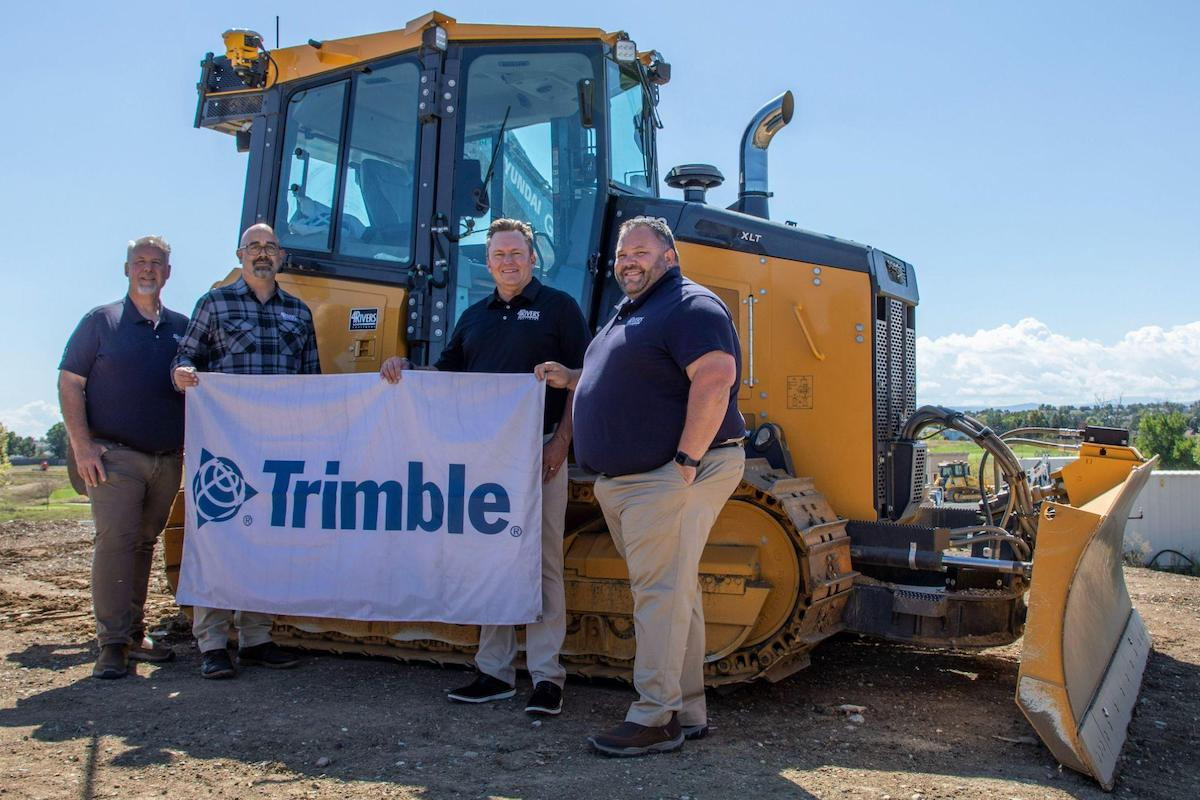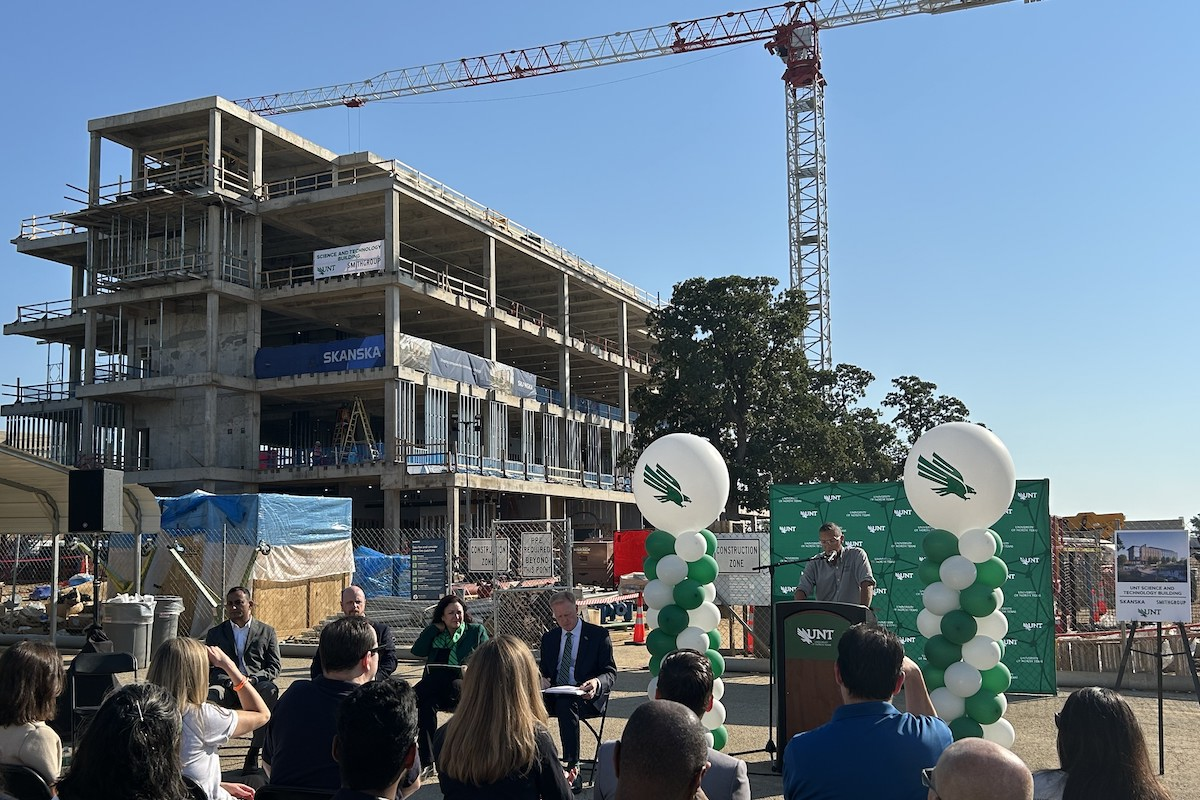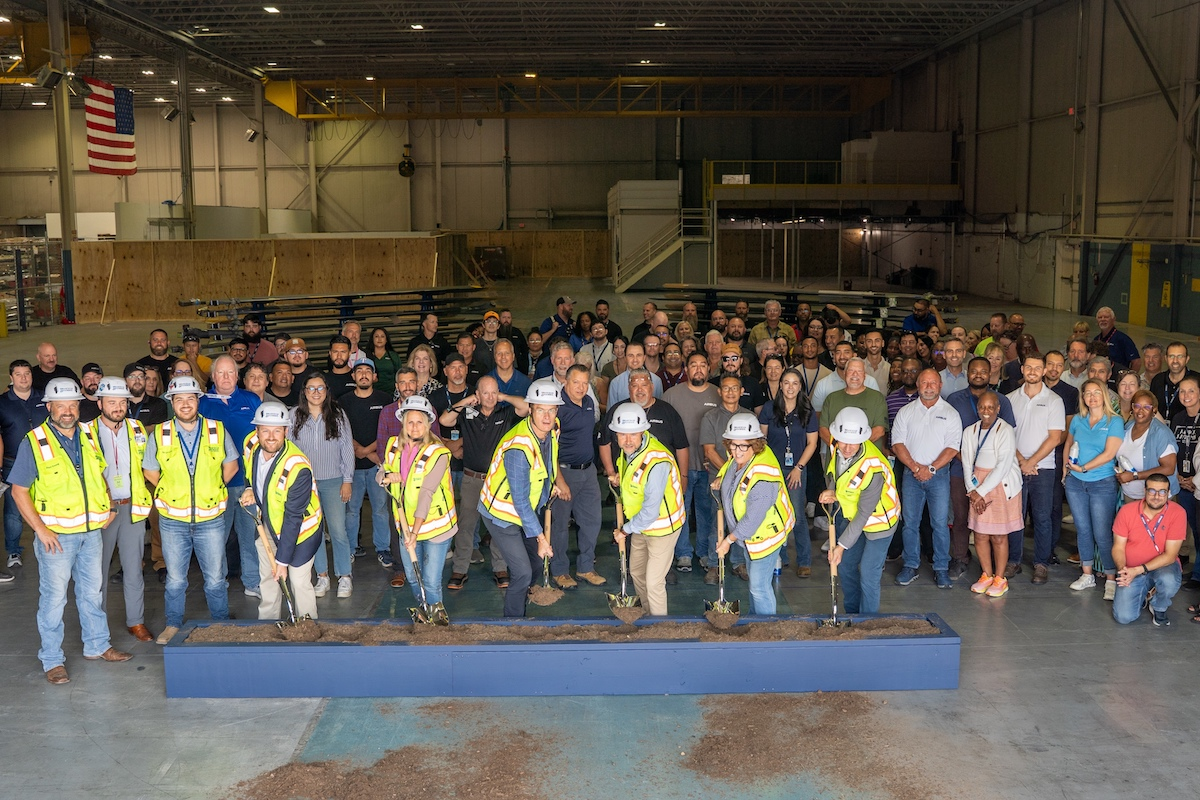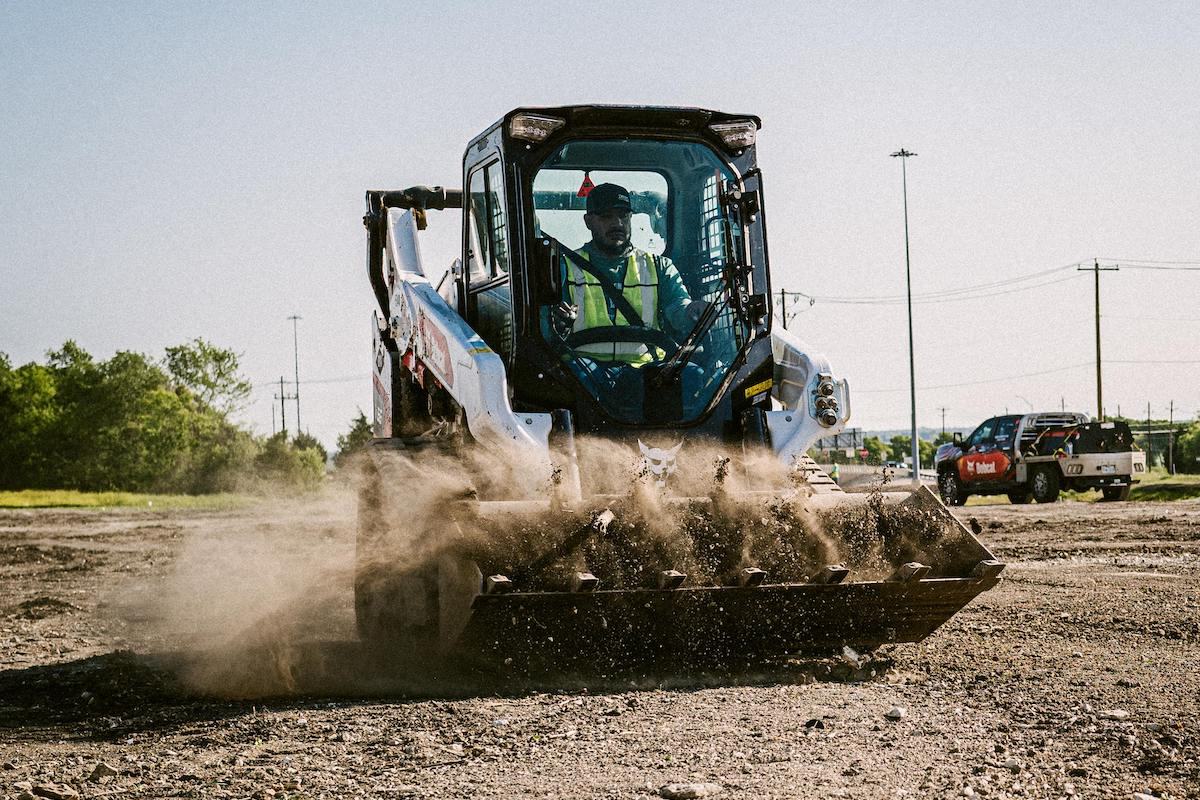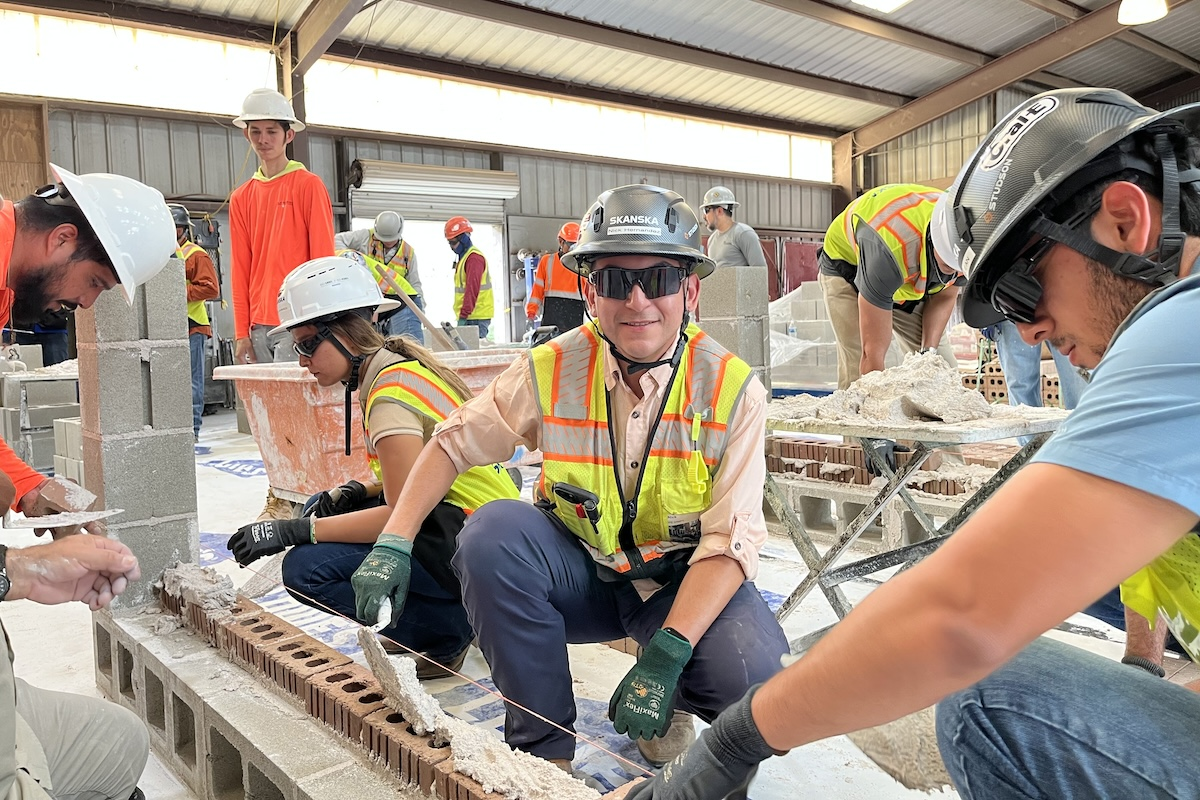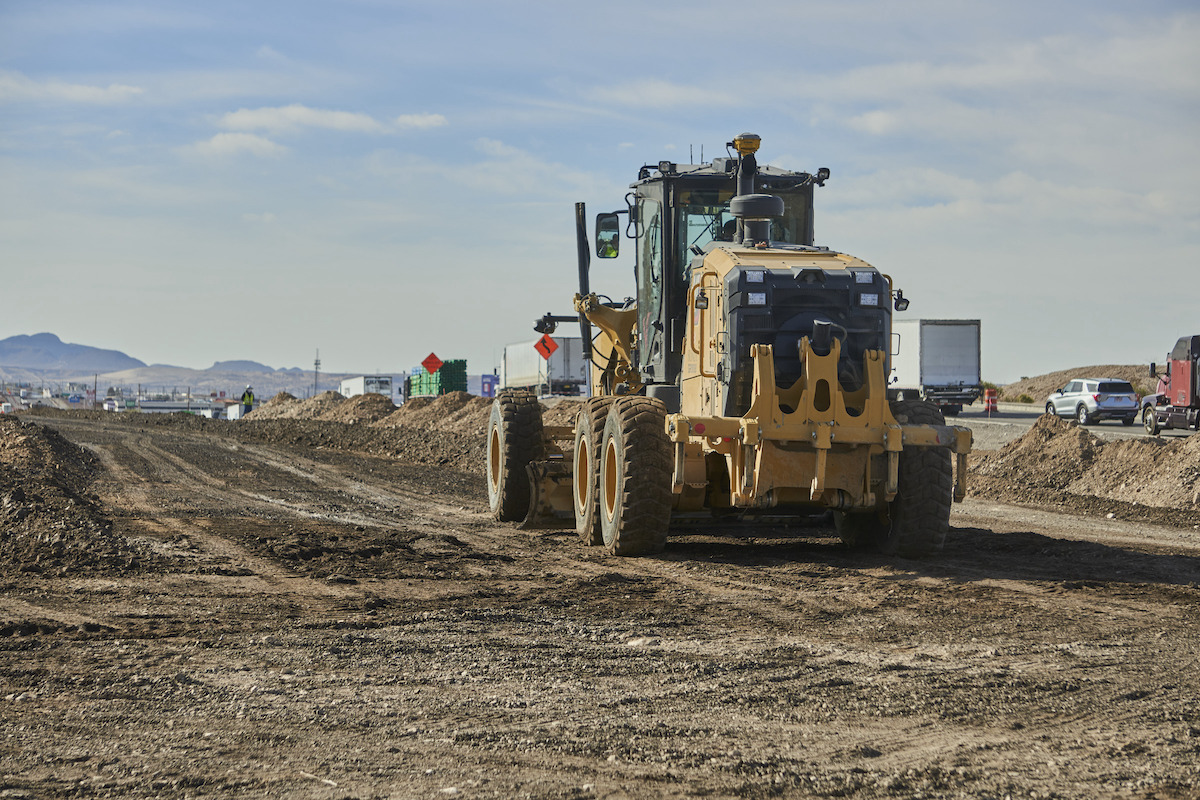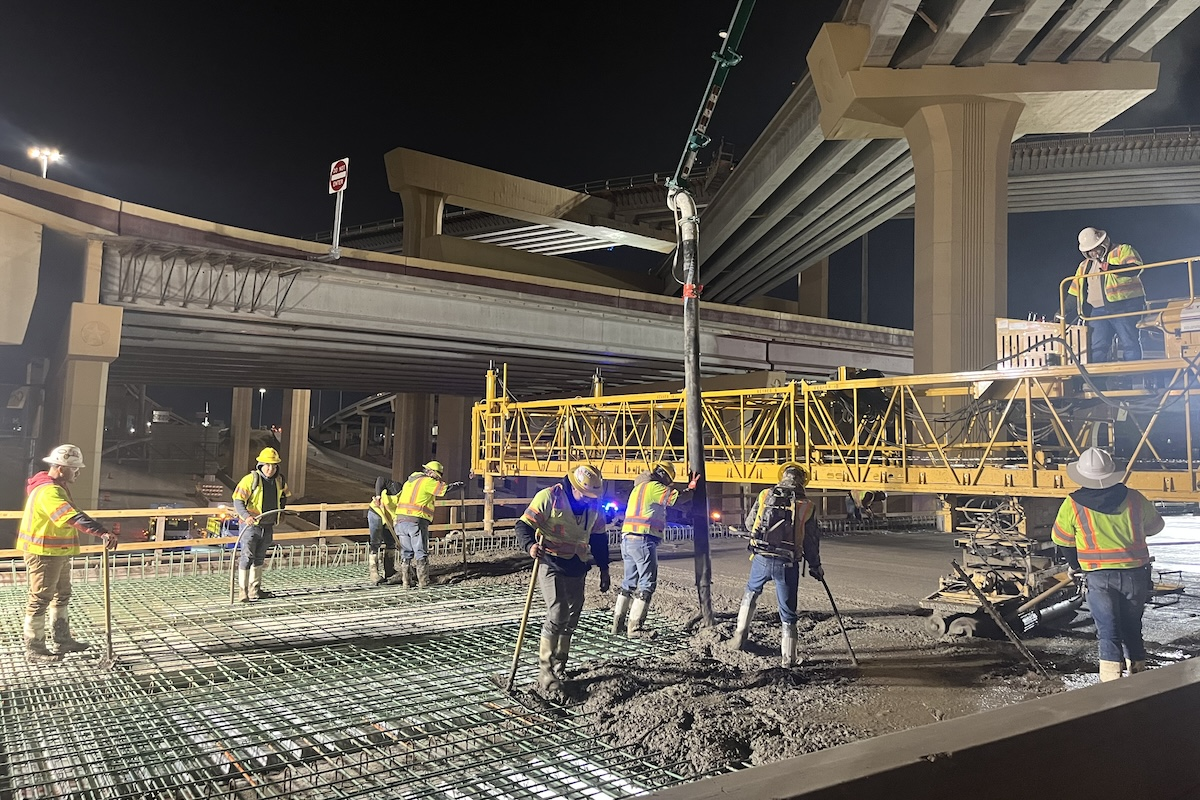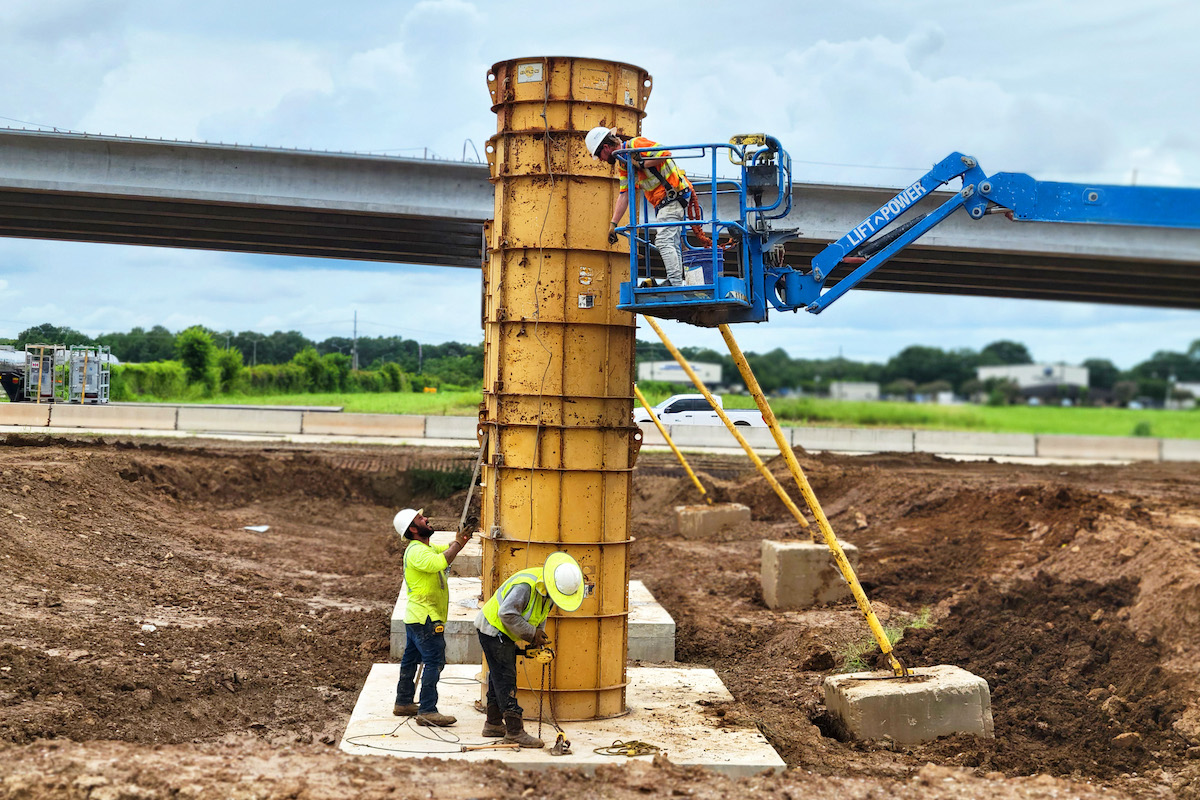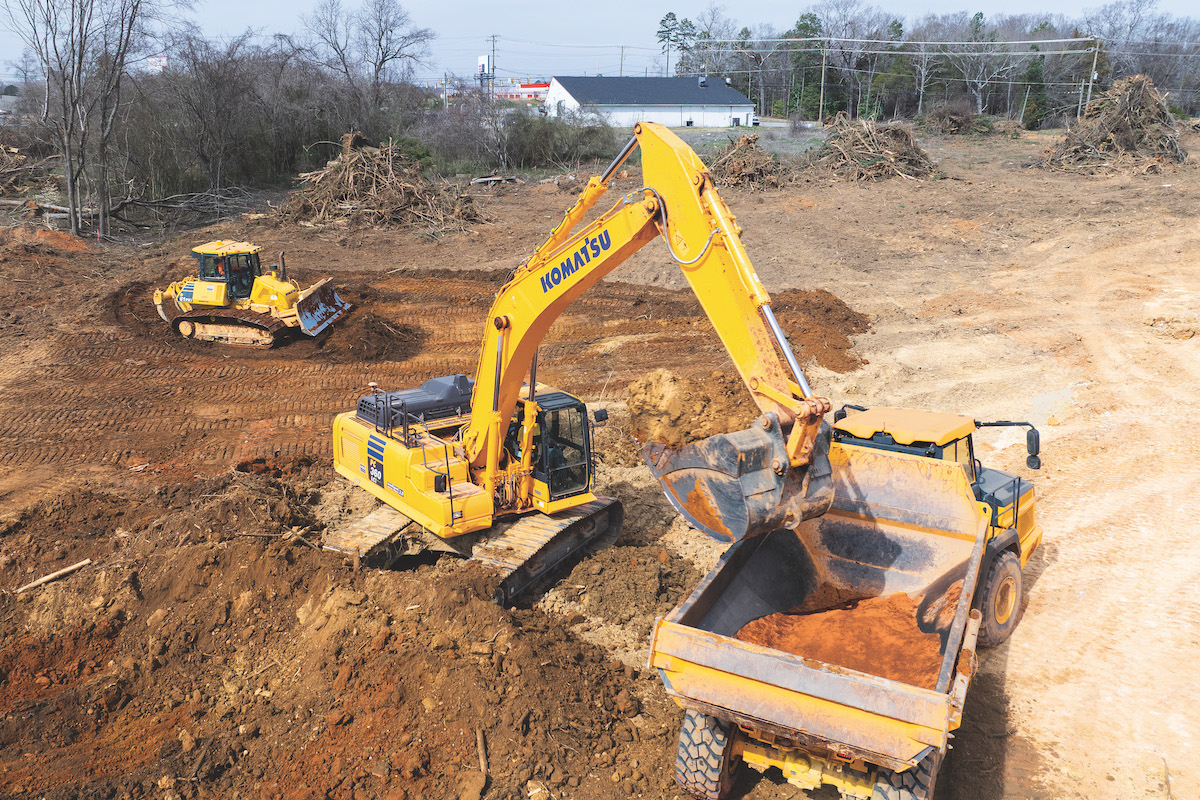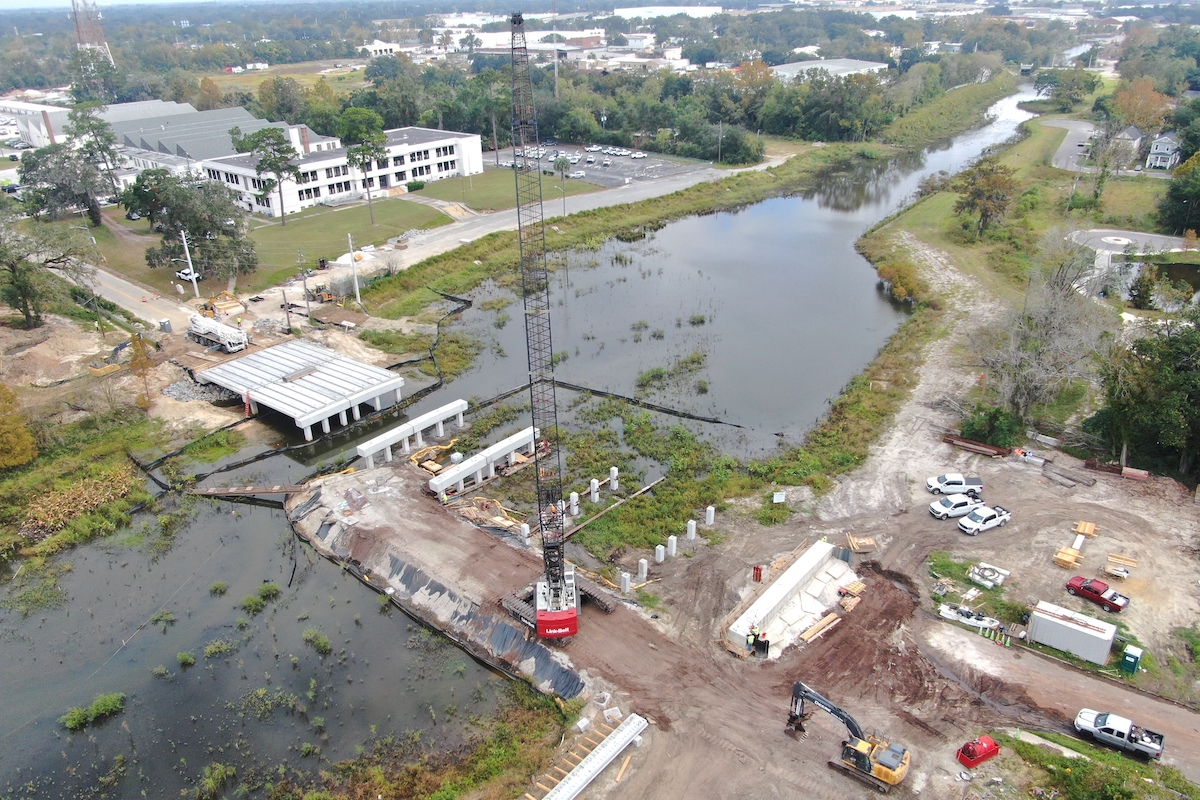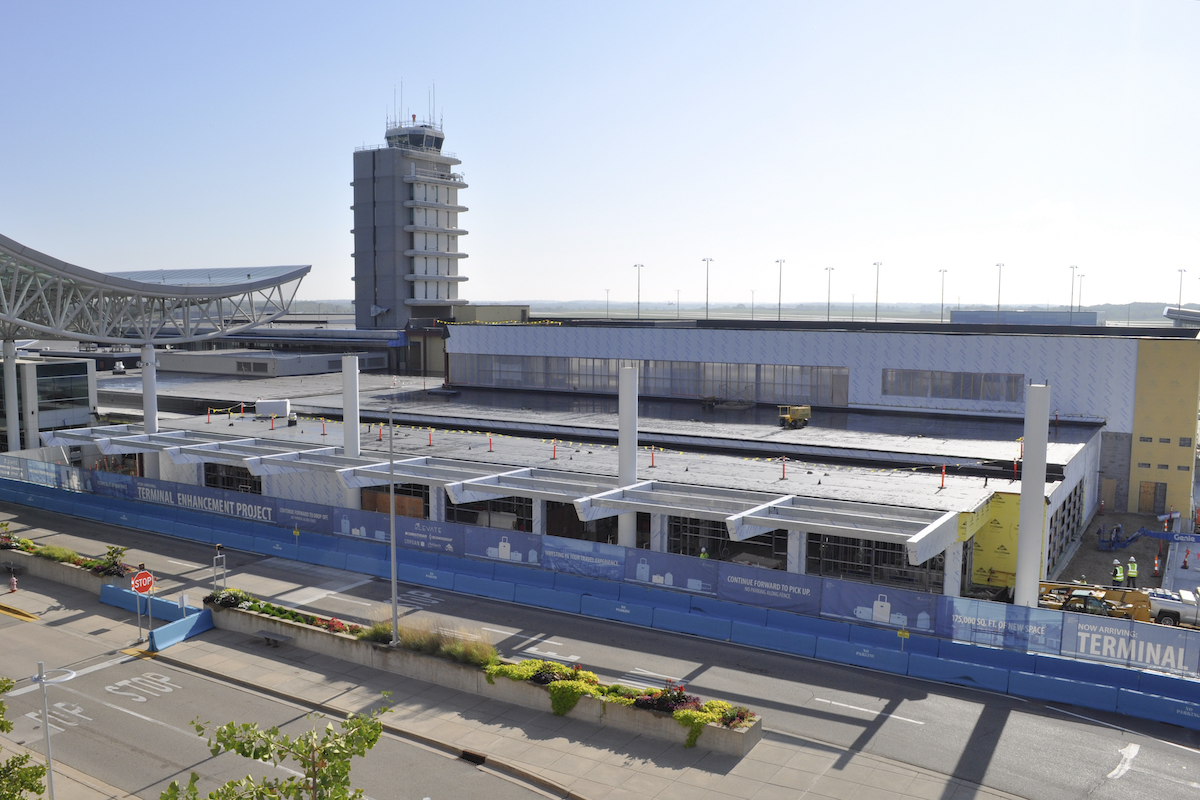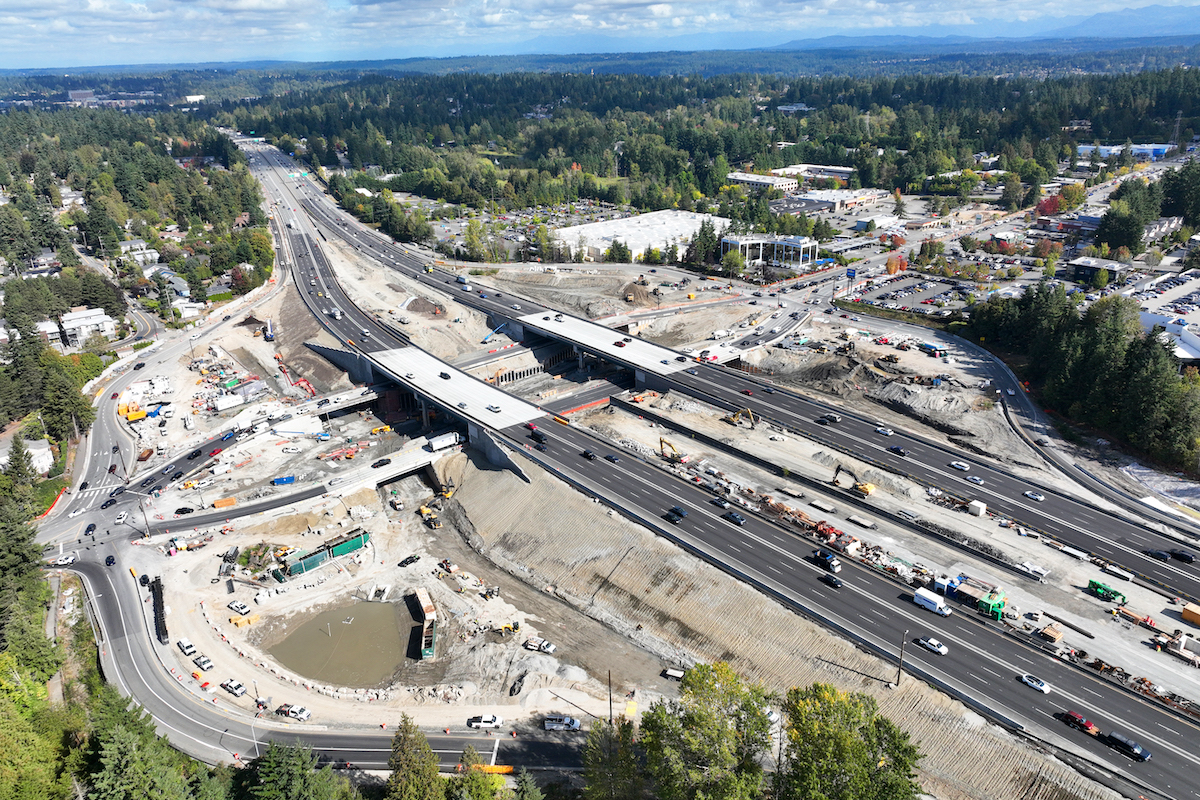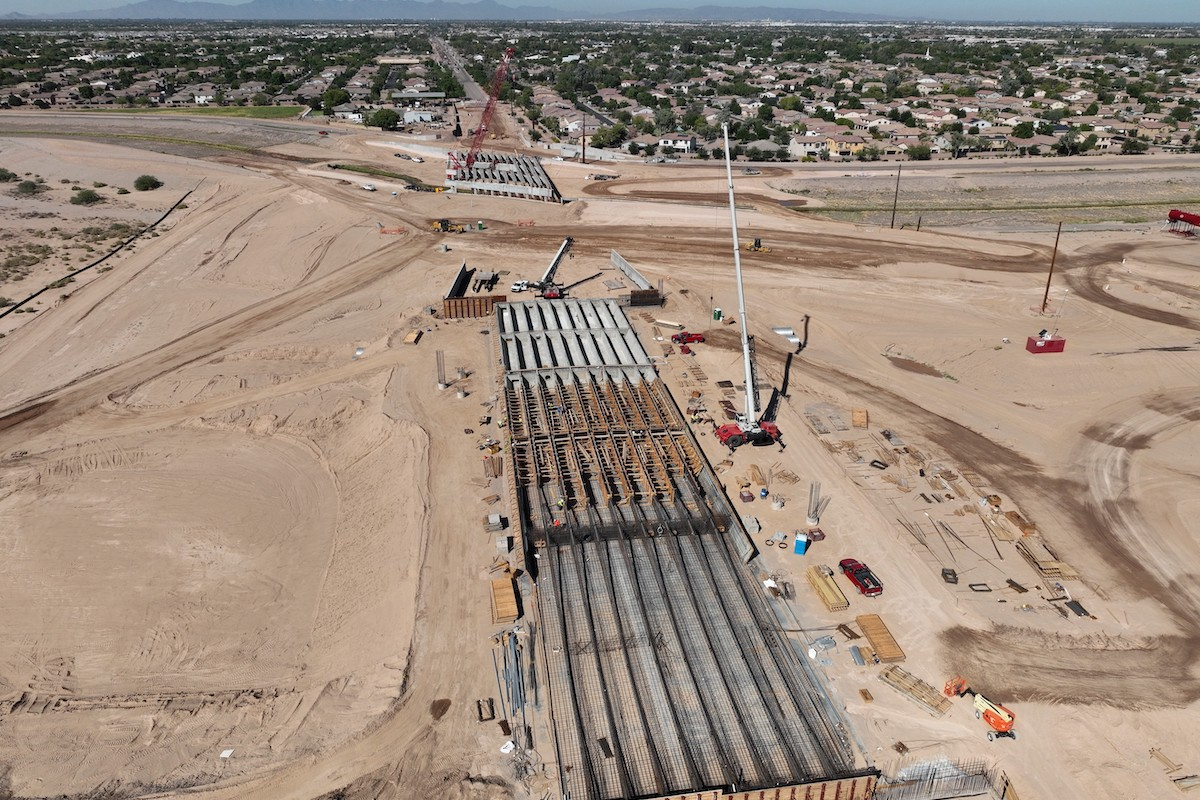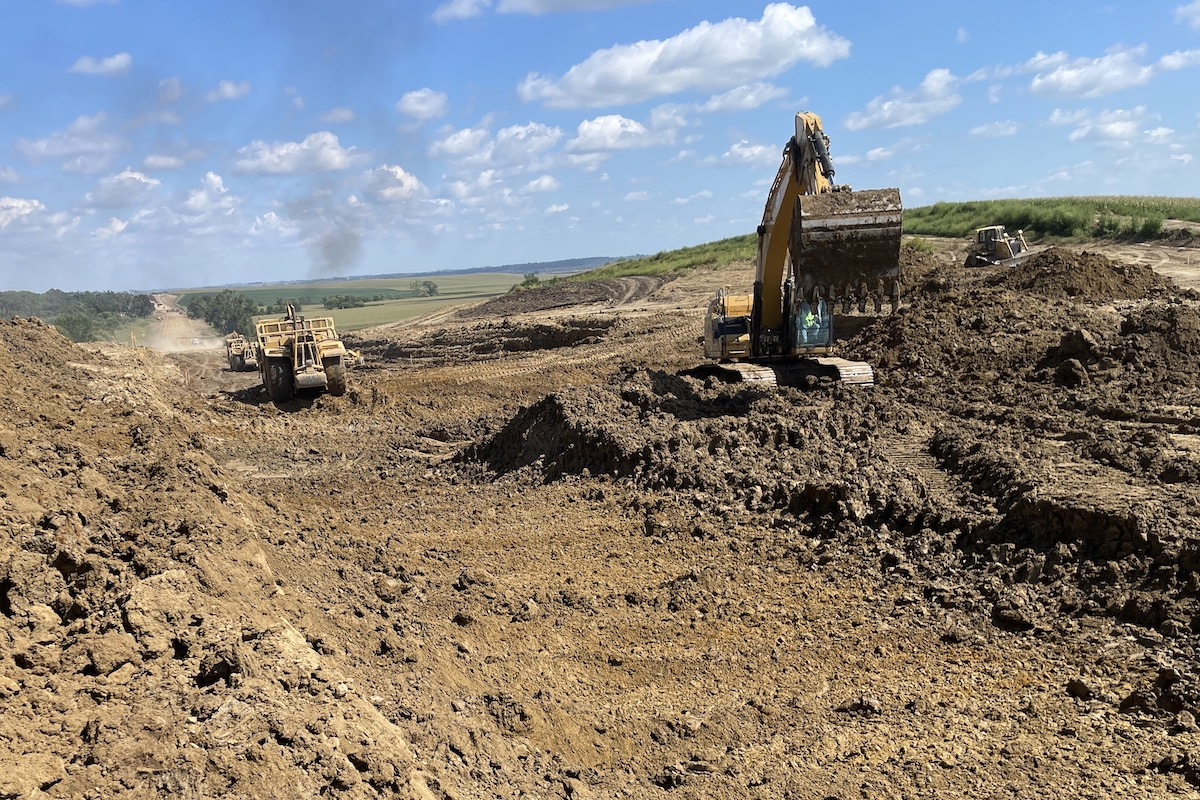In the well-known fable, “The Tortoise and the Hare,” the tortoise’s slow and steady pace prevailed. But how often do your construction projects resemble a fairy tale? The practice of “pacing” makes common sense in construction, just as it does in racing. But pacing can be misunderstood in the context of a delay claim, and it can even cause a loss of delay damages. Here’s a cautionary look at pacing.
A lot of our cases involve delay claims, and many involve competing claims of causation. The contractor will argue that delays arose from the owner’s actions; the owner will argue that the contractor was delaying the work.
The concept is familiar, but important to restate. Delays fall into one of four categories, with differing outcomes:
- Owner-caused delays are often called “compensable delays,” and the contract or common law typically allows the contractor relief for added time and cost.
- Delays caused by an event outside of the contracting parties’ control, such as weather or supply chain difficulties might be termed “excusable.” Depending on contract language, the contractor might be entitled to additional time. This might avoid liquidated damages, but it would afford no compensation for delay damages.
- Delays to the project’s critical path that are caused both by actions of the contractor and by the owner are called “concurrent delays.” The result is typically like excusable delay — added time but barred from affirmative monetary damages. (As described in “Margaritaville” by Jimmy Buffet, “it’s nobody’s fault.”)
- And finally, delays caused by the contractor alone are “non-excusable delays,” with the contractor not recovering time or money. (Like Jimmy Buffet’s song lyric, “It’s my own damn fault.”)
When a contractor has a delay claim, the owner and its experts typically scrutinize project data for contractor-caused delays, because, as noted above, concurrent delay could neutralize a contractor’s claim of delay damages. That in turn leads to arguments about pacing.

| Your local Wirtgen America dealer |
|---|
| Kirby-Smith Machinery |
| Nueces Power Equipment |
Imagine this situation. The contractor is about to set highway beams, which were cast in a curved configuration based on the owner’s engineering drawings. In preparation for beam hanging, the contractor realizes that the beams don’t match the curvature of the bents and bent caps already in place. The owner (Texas Department of Transportation in this scenario) checks the beam engineering and verifies that the beams have been properly cast to their drawings, but the drawings were off. The beams have to be returned and recast, and the beam manufacturer says the earliest delivery date for new beams is 90 days out.
But the investigation also reveals that one of the contractor’s bents is off — located far enough from its design location that it will have to be replaced. That will take about 60 days, estimates the contractor — 15 days for demolition and 45 days for the new bent. So the contractor pictures this as a valid 90-day delay claim against the owner, but offset by 60 contractor-caused days occurring contemporaneously. In the contractor’s mind, 60 days of delay will be concurrent, with a time extension only, while the remaining 30 days will be owner-caused, with relief for time and cost.
Fast forward four months. The beams were recast and delivered as planned within 90 days, and they’ve been hung as planned. The contractor submits its delay claim as described above, but the owner argues that the entire 90 days was concurrent. Why? The owner points out that the contractor’s bent demolition didn’t begin immediately after discovery of the problem, and the bent replacement work didn’t start immediately after demolition was completed. And once started, the replacement work didn’t continue continuously. Crews occasionally left the bent work for work in other project areas. The owner documented previous bents that were in fact completed in 45 days, while this bent demo and replacement work spanned 89 days.
The contractor explained that they were “pacing” the bent work. Knowing that the new beam delivery was three months out, there was no need to press the bent work, which had 30 days of float. It need not be completed until the new beams were delivered. So why “hurry up to wait?” The owner’s argument, though, follows a common delay analysis. Scheduling experts routinely measure actual completion against scheduled completion to determine if a contractor’s production meets its scheduling goals.

| Your local Bobcat dealer |
|---|
| Bobcat of North Texas |
| Compact Construction Equipment, Inc |
How will the contractor’s pacing argument fare? You can see that it will have a better chance of success if the contractor made it clear to the owner at the outset that its replacement work will intentionally not be performed at its normal pace for critical path work.
Our starting point is the burden of proof. The contractor bears the burden to show the delay. The owner may have a corresponding burden to show the defense of a contractor-caused delay, but the contractor should be prepared to demonstrate limits on any such contribution.
The contractor should be prepared to demonstrate that the pacing is an intentional and voluntary decision, made in real time and in recognition that the paced work is sub-critical. But four months after that decision might be a bit late to document this project strategy. Documentation is almost always done best in real time.
To best position itself to pursue a claim for time and cost relief, the contractor should take the following steps:

| Your local Hitachi dealer |
|---|
| Bane Machinery |
| ASCO Equipment |
- Document that the critical path is being delayed, and that paced work is not critical. Show that pacing is done in recognition of the float available in the paced work.
- Document the contemporaneous ability to resume work at normal production if the paced work does become critical or near-critical. Show that pacing was not due to limited resources.
- Declare your intent to pace. Include this information in communications to the owner, or in schedule narratives. Be transparent in documenting the decision to pace.
The contractor who follows these practices will have better luck recovering delay damages for work that isn’t concurrently delayed. No Texas courts have dealt with pacing, so federal case law remains the most developed body of law on the subject, and those opinions generally inform us that the contractor will have to demonstrate its intentional decision to pace the work.
We’ve only scratched the surface of this topic. Delay analysis can be complex and detailed. The quality of your contract controls, including your scheduling, and the accuracy of the critical path analysis and scheduling logic remains paramount in any discussion of project planning and performance. In addition, your contract language may contain limitations on the availability and process for relief in the form of added time and cost.
As the tortoise told the hare, “I’ll get there sooner than you think.” He knew his plan and was open about it. The moral of the fable is that “the race is not always run by the swift.” Like the fable, our moral is that the “race” of a construction project is run by those who plan and execute — and even adjust in mid-project. Make your decisions with the best information available, and let the project owner know what you’re doing and why. Slow and steady is good, but if you’re quiet about it you might lose the race!





